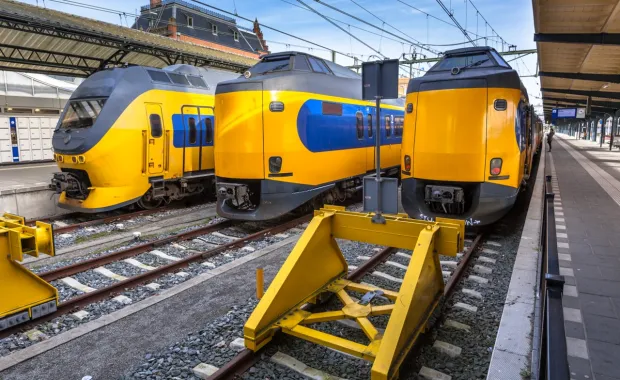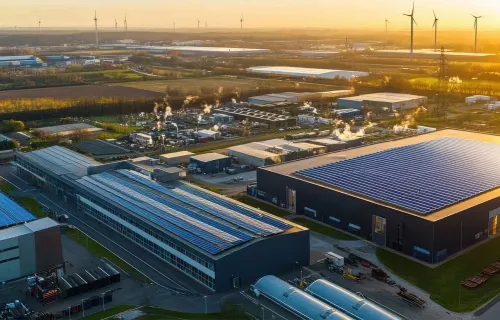Transport and logistics, the lifeblood of our interconnected world, is currently facing unprecedented challenges that call for immediate action—from regulatory compliance and climate change to supply chain disruptions and digital acceleration.
“Passenger flows have changed dramatically in the last couple of years, impacting bottom lines and cost structures. We’re under pressure to become smarter in everything we do—but the big question is how?” asked a senior executive of a large national European rail passenger operator. Their words echo the sentiments of the majority of transport and logistics executives we spoke with as part of this year’s Voice of Our Clients research.
We met with 74 transport and logistics executives worldwide to understand their top priorities and how they’re preparing for and adapting to the key trends shaping their organization. Four dominant business and technology themes emerged.
Time to design for the future with AI
As mentioned earlier in this blog, AI is on everyone’s radar. However, while transport and logistics organizations are experimenting with AI pilots and proof-of-concepts, large-scale AI applications still lag. A recent white paper called “AI in Logistics” by the Alliance for Logistics Innovation through Collaboration in Europe (ALICE) points out that the transport and logistics industry is ideal for AI applications for several reasons: fluctuating demand, involvement of multiple actors with different objectives and interests, and complex, sometimes supply chain-wide optimization issues. But how can organizations move forward on their AI journey?
“In the middle of difficulty lies opportunity.” – Albert Einstein.
Modelling digital leaders’ attributes to accelerate AI outcomes
One way to make the leap to large-scale data-driven operations and AI applications is to learn from digital leaders or organizations that are achieving expected results from their digital strategies. Let me explain.
There is a strong correlation between large-scale AI applications and success with digitization. In examining the insights from the 34% of digital leaders across industries, CGI’s research finds that they share many common attributes. For instance, they have highly agile business models to address digitization and integrate new technologies. They also have highly mature strategies to leverage data and digitization to achieve business model resiliency.
In our conversations, we also find that digital leaders go much further than just investing in interesting tests and hiring a single data scientist. They explicitly focus on building a good data infrastructure (quality, volume, and easy access) and investing in the most suitable technologies. They seek to build the right skills and collaborate with trusted partners, becoming a continually learning organization that tackles data issues integrally and adapts quickly.
Ideally, use cases must come from within the whole organization and not the IT department alone, as the white paper, “Dream big, start small - AI in transport & logistics,” by Koppenol and Mosmans (2023) emphasizes. The good news is that growing interest in GenAI applications is coming from the shop floor. For instance, our research finds that the top two GenAI use cases are customer service and sales & marketing—focus areas driven by employees first and then the IT department.
The time to act is now
In summary, what stands out from this year’s Voice of Our Clients conversations within transport and logistics is that executives need to advance regulatory compliance and modernization to ensure a sustainable future. Exploring how AI can be applied responsibly will be key. To remain relevant, it is essential to think today about what (and how) you are going to do differently tomorrow. It’s time to design the future!
For more key findings, explore our Voice of Our Clients transport and logistics insights. I also invite you to contact me to discuss how we can help you accelerate outcomes.





